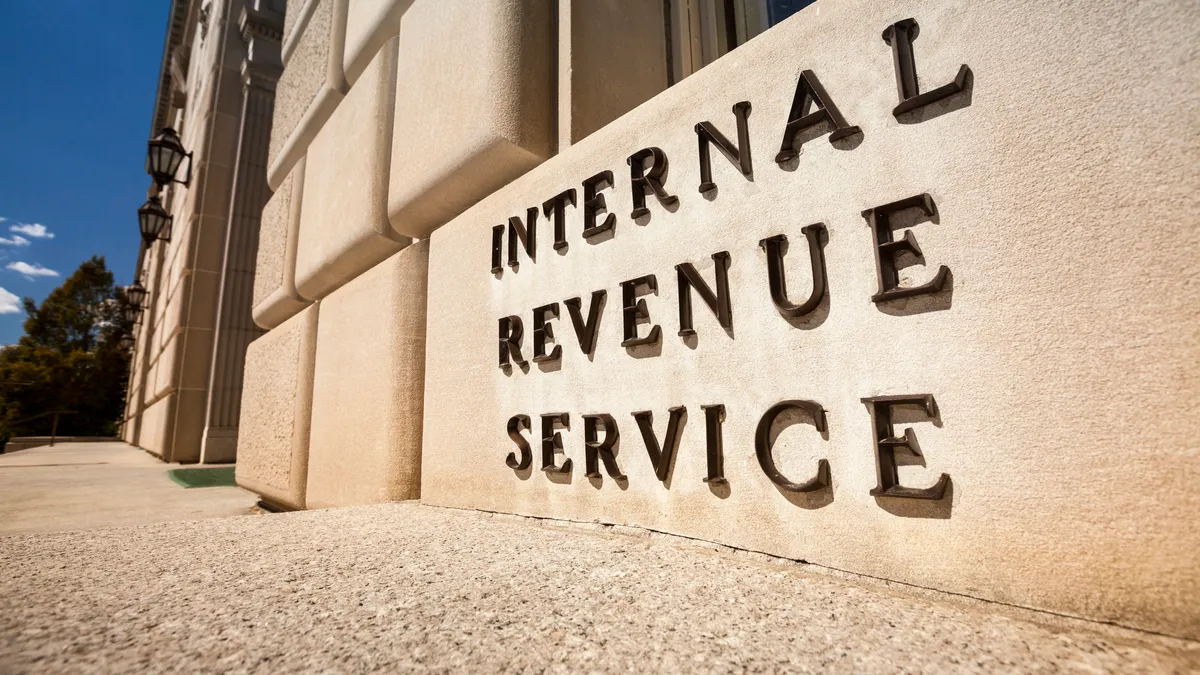Krishnan Raghunathan is the chief business transformation officer at New York-based WNS, part of Capgemini, which offers technology consulting services. Views are the author’s own.
Sweeping U.S. trade and tariff policy changes this year have created an urgency for agile and resilient supply chains, forcing CFOs to embrace new approaches. Artificial intelligence and analytics in particular have emerged as vital tools for navigating the uncertainty.
Advanced AI features can keep businesses abreast of policy shifts or emerging trends in real or near-real time — an invaluable asset when it comes to being prepared to manage potential tariff shocks.
Imagine an agentic AI-led framework that analyzes every critical supply chain trend across regions and provides preemptive actions and prescriptive recommendations. Or imagine a digital twin — an AI-driven replica of the complete supply chain — that can simulate changes in a zero-risk environment. In this safe sandbox, organizations can explore scenarios beyond risk mitigation to actively shape strategy.
Today, supply chain resilience requires three critical strategies:
- Swiftly, comprehensively and precisely analyze — in real-time — the intricate network of operations across regions.
- Develop a wide range of what-if scenarios to address potential vulnerabilities and respond decisively to emerging challenges.
- Optimize for cost-effective alternative supply management systems.
On all three fronts, data, analytics and AI are indispensable — whether for integrating siloed and opaque systems or (in its most advanced form) bringing objectivity to human reasoning and decision-making.
Building next-gen supply chains
At a macro level, AI can deliver insights into cost and profit structures as well as accurate simulations of operational changes to address various developments. At a micro-level, it can amplify visualization of anticipatory bottlenecks in supply chain structure; compute the impact of tariff intent and actions; quantify risks and generate options and alternative scenarios; and strengthen supplier relationships and enhance forecast accuracy.
The list of potential use cases for AI and analytics in supply chain management is extensive. The following are just a few examples:
- AI agents can visualize products and their procurement routes across a supply chain map, overlaying relevant tariff rates and costs. They can then identify suppliers impacted by potential changes, enabling timely management of costs and profits across the tariff-affected areas.
- AI-driven data modeling can extrapolate tariff changes to the prices of raw materials and components. It can create the right price elasticity models to set minimum and maximum prices based on desired gross profit margins, factoring in various tariff scenarios to determine optimal pricing strategies. If the desired profit margins are unattainable within current supply chain systems, AI can simulate alternative operational decisions to recommend next-best actions.
- AI-driven risk models can predict potential tariff disruptions, identify at-risk suppliers and regions, and enable enhanced decision-making. They can connect the dots between high-risk suppliers and dependencies to enable faster and earlier supplier diversification, minimize procurement costs and enhance agility in sourcing strategies and decisions.
- Applying advanced analytics to indices such as the World Uncertainty Index or the Trade Policy Uncertainty Index could unlock powerful new ways to anticipate and mange market disruption.
Speed, foresight and agility are critical in today’s high-stakes environment. The new normal calls for comprehensive risk preparedness in supply chain management, with AI playing a central role.













